IEEE Spectrum‘s most popular AI stories of the last year show a clear theme. In 2024, the world struggled to come to terms with generative AI’s capabilities and flaws—both of which are significant. Two of the year’s most read AI articles dealt with chatbots’ coding abilities, while another looked at the best way to prompt chatbots and image generators (and found that humans are dispensable). In the “flaws” column, one in-depth investigation found that the image generator Midjourney has a bad habit of spitting out images that are nearly identical to trademarked characters and scenes from copyrighted movies, while another investigation looked at how bad actors can use the image generator Stable Diffusion version 1.5 to make child sexual abuse material.
Two of my favorites from this best-of collection are feature articles that tell remarkable stories. In one, an AI researcher narrates how he helped gig workers gather and organize data in order to audit their employer. In another, a sociologist who embedded himself in a buzzy startup for 19 months describes how engineers cut corners to meet venture capitalists’ expectations. Both of these important stories bring readers inside the hype bubble for a real view of how AI-powered companies leverage human labor. In 2025, IEEE Spectrum promises to keep giving you the ground truth.
David Plunkert
Even as the generative AI boom brought fears that chatbots and image generators would take away jobs, some hoped that it would create entirely new jobs—like prompt engineering, which is the careful construction of prompts to get a generative AI tool to create exactly the desired output. Well, this article put a damper on that hope. Spectrum editor Dina Genkina reported on new research showing that AI models do a better job of constructing prompts than human engineers.

Gary Marcus and Reid Southen via Midjourney
The New York Times and other newspapers have already sued AI companies for text plagiarism, arguing that chatbots are lifting their copyrighted stories verbatim. In this important investigation, Gary Marcus and Reid Southen showed clear examples of visual plagiarism, using Midjourney to produce images that looked almost exactly like screenshots from major movies, as well as trademarked characters such as Darth Vader, Homer Simpson, and Sonic the Hedgehog. It’s worth taking a look at the full article just to see the imagery.
The authors write: “These results provide powerful evidence that Midjourney has trained on copyrighted materials, and establish that at least some generative AI systems may produce plagiaristic outputs, even when not directly asked to do so, potentially exposing users to copyright infringement claims.”

Getty Images
When OpenAI’s ChatGPT first came out in late 2022, people were amazed by its capacity to write code. But some researchers who wanted an objective measure of its ability evaluated its…
Read full article: The Best AI Articles of 2024
The post “The Best AI Articles of 2024” by Eliza Strickland was published on 12/31/2024 by spectrum.ieee.org




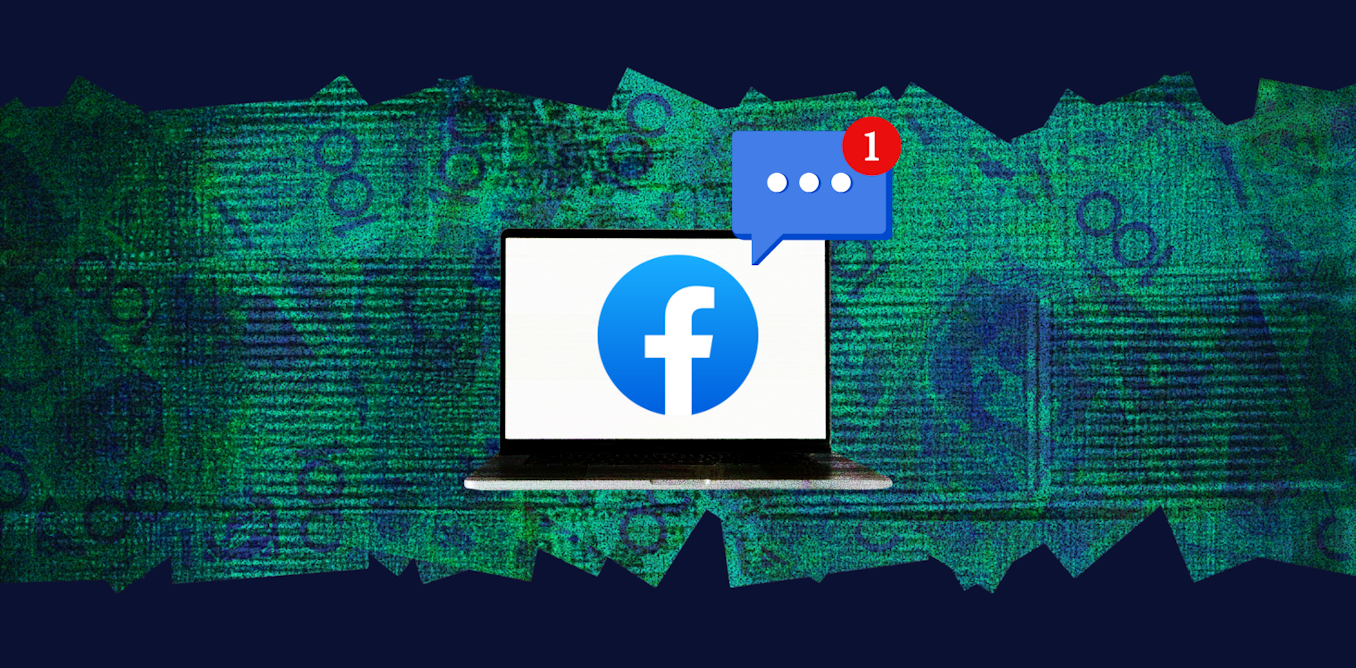




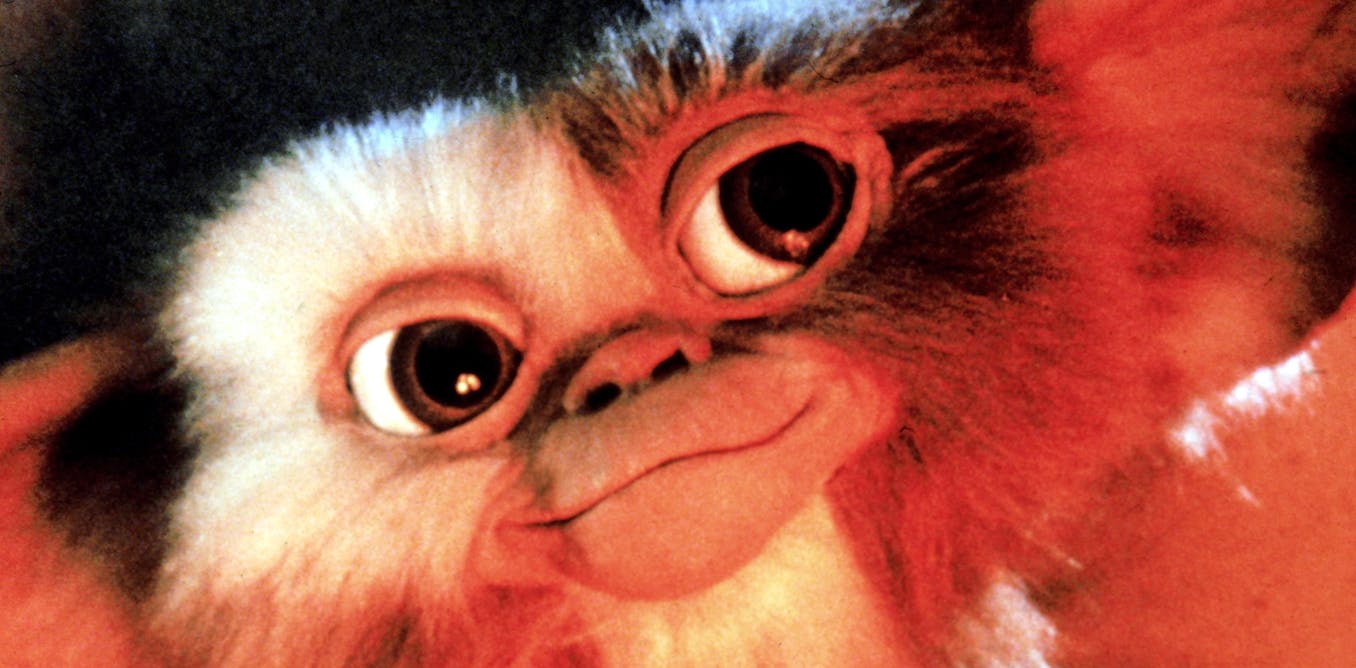

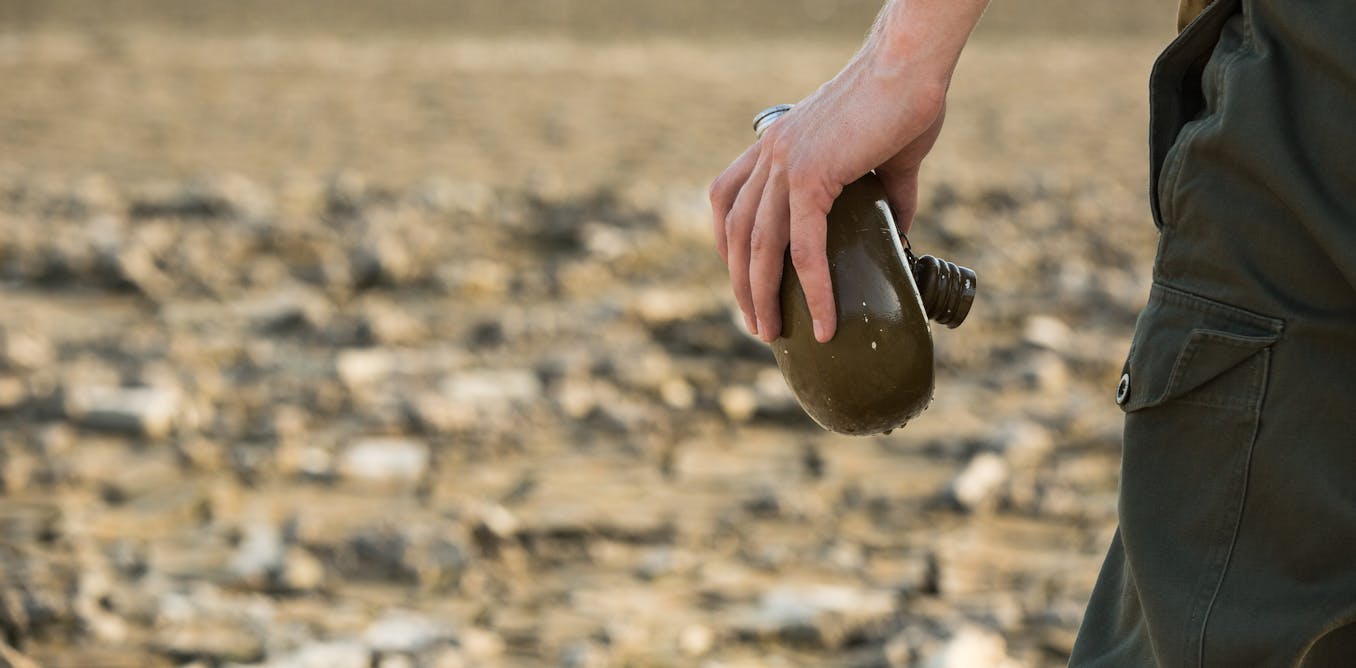

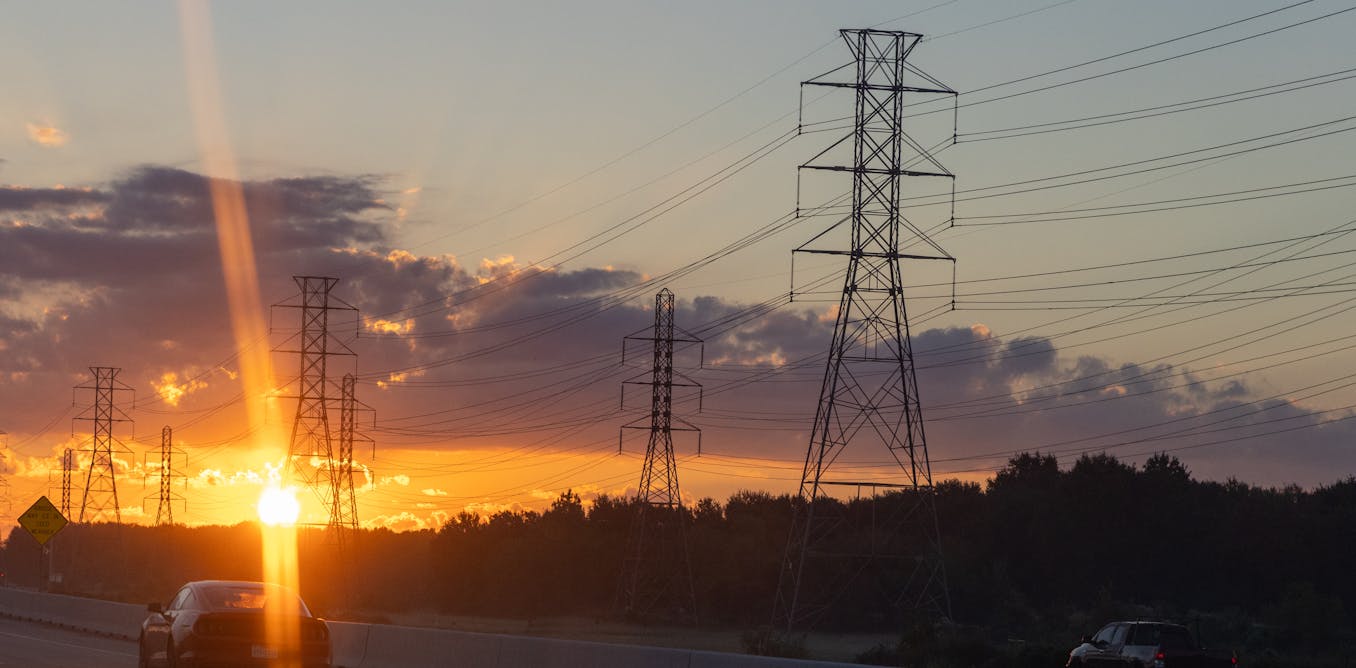













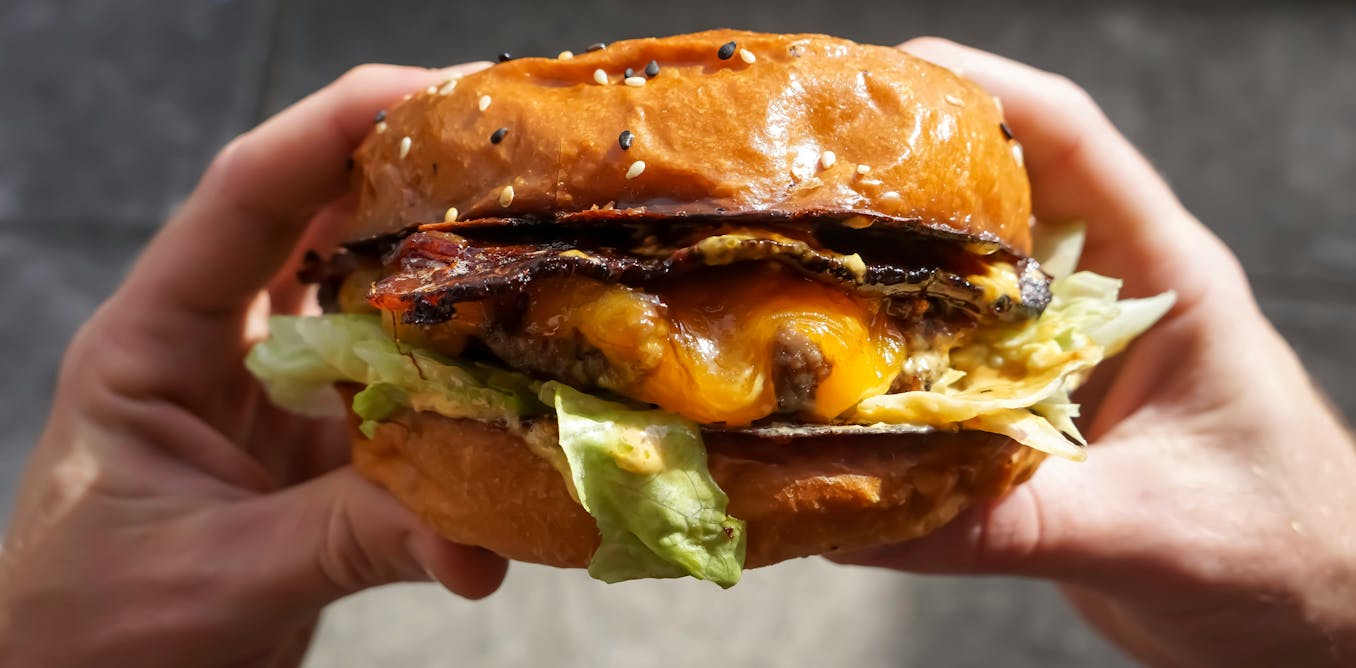









Leave a Reply